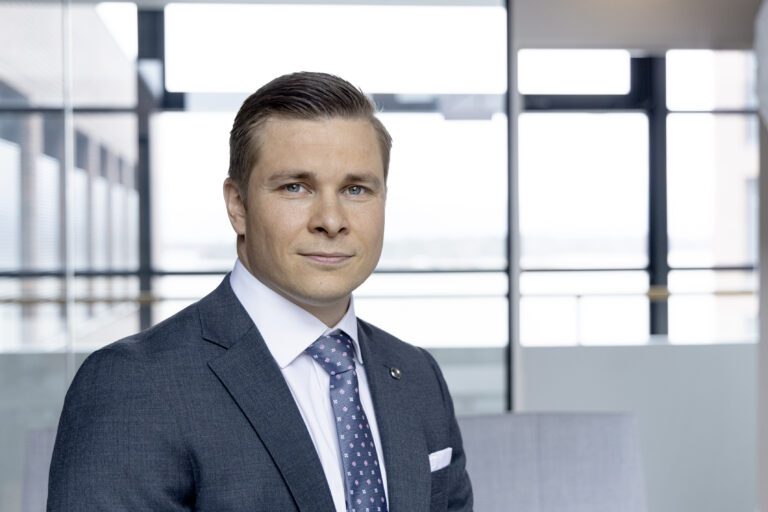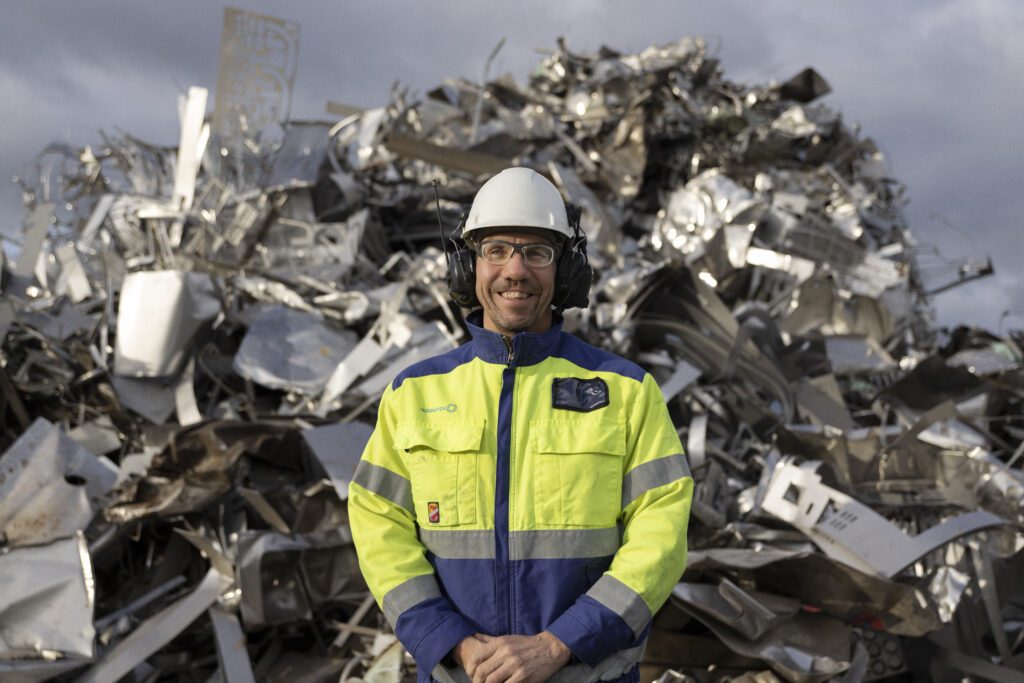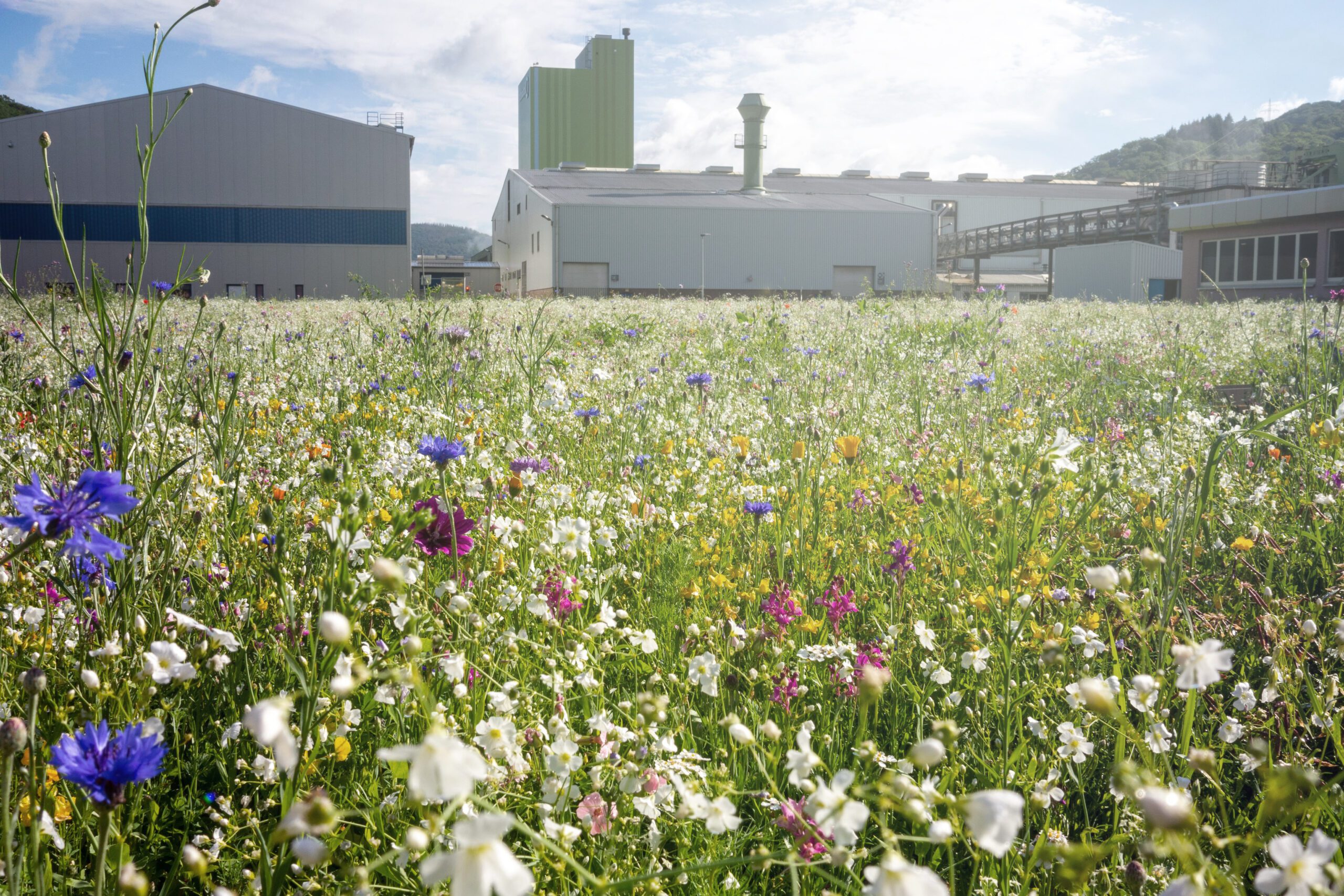Without a shadow of a doubt, the entire steel supply chain is under intense pressure to decarbonise. Massive investments, technological shifts, government policies, demand patterns and heightened environmental awareness have set the ball rolling but the journey has just begun. However, one stainless steel manufacturer has demonstrated it has the technical know-how, clear vision, ample resources and, to top it all, moral compass, to put all the pieces together and solve the jigsaw puzzle of reducing CO₂ emissions. Mr. Juha Erkkilä, VP of Sustainability, was kind enough to explain Outokumpu’s green transition roadmap.
“There is a bright spotlight on the steel industry”, Mr Erkkilä stated as he began to talk about the biggest proponents of change that are leading Outokumpu’s sustainability drive. He elaborated that all the stakeholders – regulators, communities, employees and most importantly, the customers are the driving force behind the company’s massive green initiative.
“Our sustainability agenda is set up with materiality analysis, which is conducted every three years together with external experts. Through feedback from suppliers, investors, customers, communities, NGOs etc, actionable insights are derived, core topics are determined, and efforts are then undertaken to make sure that the business is run in alignment with those topics,” Mr. Erkkilä explained.
Back in 2018, workplace safety, which remains a priority at Outokumpu, made it to the top of the list but, as of 2021, safety of the planet is the top agenda for Outokumpu’s stakeholders. Promotion of the circular economy, working with innovative technologies and sustainable supply chain management are the other key areas that the Finnish company is currently focussing on.

“We have achieved a commendable level of workplace safety but we are still keen on improving further. However, this doesn’t mean that the matter of sustainability was being overlooked all this while. We are the only stainless-steel producer to have our climate targets approved by the Science Based Targets initiative (SBTi) so, as far as the target-setting perspective is concerned, we are industry leaders,” Mr Erkkilä stressed.
The approval of the SBTi means that Outokumpu’s targets are aligned with keeping global warming below 1.5 degrees Celsius and meet the goals of the Paris Agreement. As of December 2021, the company’s new goal is to reduce direct and indirect emissions as well as its supply chain emissions (scopes 1, 2 and 3) by 42 percent per tonne of stainless steel by 2030 from a 2016 base year.
The guiding principle
In industry, a company’s core strategy is the nucleus around which evolution happens. At Outokumpu, reducing the carbon footprint is currently the company’s guiding principle and forms the beating heart of its business model. “We have financial instruments linked to our achievements in the climate targets. Sustainability is not just an agenda; it is the backbone of our company strategy. We believe in making a sustainable impact, not just nice headlines,” Mr Erkkilä said.
Outokumpu’s Board of Directors recently decided to establish sustainability related criteria for the company’s Performance Share Plan (PSP) program. The PSP program’s plan period for 2022–2024 will include earning criteria linked to the emission reduction target according to the SBTi commitment.
In addition, the company now includes 95 percent of its Scope 3 emissions in its carbon footprint, up from the previous 80 percent. This has resulted in a rise in the levels of Outokumpu’s emissions but, as Mr. Erkkilä explains, “It is important to have as widespread a scope as possible to ensure that we are not sub-optimising because somewhere a minor source might become more important in the future.”
Taking the example of nickel, a very common alloying element in stainless steel, Mr. Erkkilä elaborated on Scope 3 emissions and why it is important to have a widespread range. Out of Outokumpu’s 4.2 million tonnes of CO₂ emissions in 2020, 2.5 million were Scope 3. Nickel amounted to 55 percent of Scope 3 (some 1.3 million tonnes of CO₂) which is actually higher than the company’s own operations that even include ferrochrome production.
To cut down on Scope 2 emissions, 82 percent of which result from stainless steel making, low carbon electricity is the key. “We are fortunate to be located in areas where national grids already are relatively low carbon but have improved our position even further by entering long-term power purchase agreements. In the past six months we have signed three wind power deals that cover the next ten years of supply,” Mr. Erkkilä added.
Circular economy
According to independent observers, an electric arc furnace, using scrap, has little direct emissions. Together with Scope 2 emissions from power generation, the carbon footprint for EAF steel is around four times smaller than that of conventionally produced steels.
Talking about the use and availability of scrap metal, a fundamental raw material and a significant contributor in achieving ecological sustainability, Mr. Erkkilä said, “more than ninety percent of Outokumpu’s raw material comes from recycled alloys (steel and stainless-steel) which is a vital element in promoting a circular economy. In 2021, we produced around three million tonnes of crude steel by utilising over 2.7 million tonnes of steel and stainless-steel scrap and other recycled metals.” “The recycling sector in Europe is quite mature. There is a backlog of stainless steels from like pots, pans, cars, etc, ensuring a steady supply of scrap returning to the production,” he added.
The demand for low-carbon steel
As per Mr. Erkkilä, the demand for low-carbon steel is definitely on an upward trajectory. Asked about the reasons why, he pointed to Outokumpu’s customers who are extremely conscious about what is contributing to their Scope 3 emissions. In most cases, he noted, decarbonisation timelines and thresholds are discussed even before commercial considerations such as pricing.
Labelling demand as one of the serious drivers for low carbon steel, he believes that the degree and scope of contribution might differ but linking up the whole value chain to a common goal is by far the most worthwhile element that the steel industry can incorporate to fulfil the commitment of reaching carbon neutrality by 2050.
During this decade, Outokumpu plans to spend about EUR 300 million in terms of capital expenditure to meet some of the established climate targets. It is projected that the operational costs might rise and with Carbon Border Adjustment Mechanism expected to come into force in 2025-26, the dynamics of pricing are bound to change.
Sustainability is a core competence
As Mr. Erkkilä stated earlier, sustainability is at the centre of Outokumpu’s corporate policy and company vision. This is clearly a topic close to his heart – not just as VP of Sustainability, but also as a metallurgist and a private citizen. He is therefore determined to help lead the way as the company strives to achieve all its sustainability goals, be they reducing water consumption, lowering waste intensity, ensuring maximised circular economy, raising the level of scrap usage, using low-carbon electricity and so on.

“Sustainability is not a department, but a competence and a mind-set. It is and should be embedded in our day-to-day activities. Currently, about 240 projects across the company have an impact on the company’s CO₂ footprint but more importantly we understand the challenges and the responsibility to reduce our impact as much as possible,” he said. At the end of our pleasant discussions, Mr. Erkkilä reiterated three key reasons behind Outokumpu’s impressively low carbon footprint. Firstly, the highest recycled material content, which includes both scrap from various sources as well as harvesting all the side streams within the company. Secondly by making use of low carbon electricity – more than eighty percent already comes from renewable sources.
As an aside, he noted that a favourable national policy in Finland to ban all coal-based electricity in 2029 is supporting Outokumpu’s vision. And last but by no means least, the in-house ferrochrome production. Outokumpu’s ferrochrome is based on the only chrome mine in the whole of the European Union using the best available technology in the form of fully closed submerged arc furnaces. “Outokumpu does not believe in making flashy headlines but rather in setting and achieving realistic targets,” stressed Mr. Erkkilä.
“Perhaps also important to state that we fully embrace the need for cooperation to make a real difference. So, whatever the obstacles, we will engage with our stakeholders to improve our in-house processes, raise efficiencies in the complete supply chain and to improve the provision of green energy sources. And yes, we do see a role there for hydrogen in the green transition in the industry for example as an energy carrier. At Outokumpu, we are committed to transforming the steel industry and the green agenda remains our top priority.”


